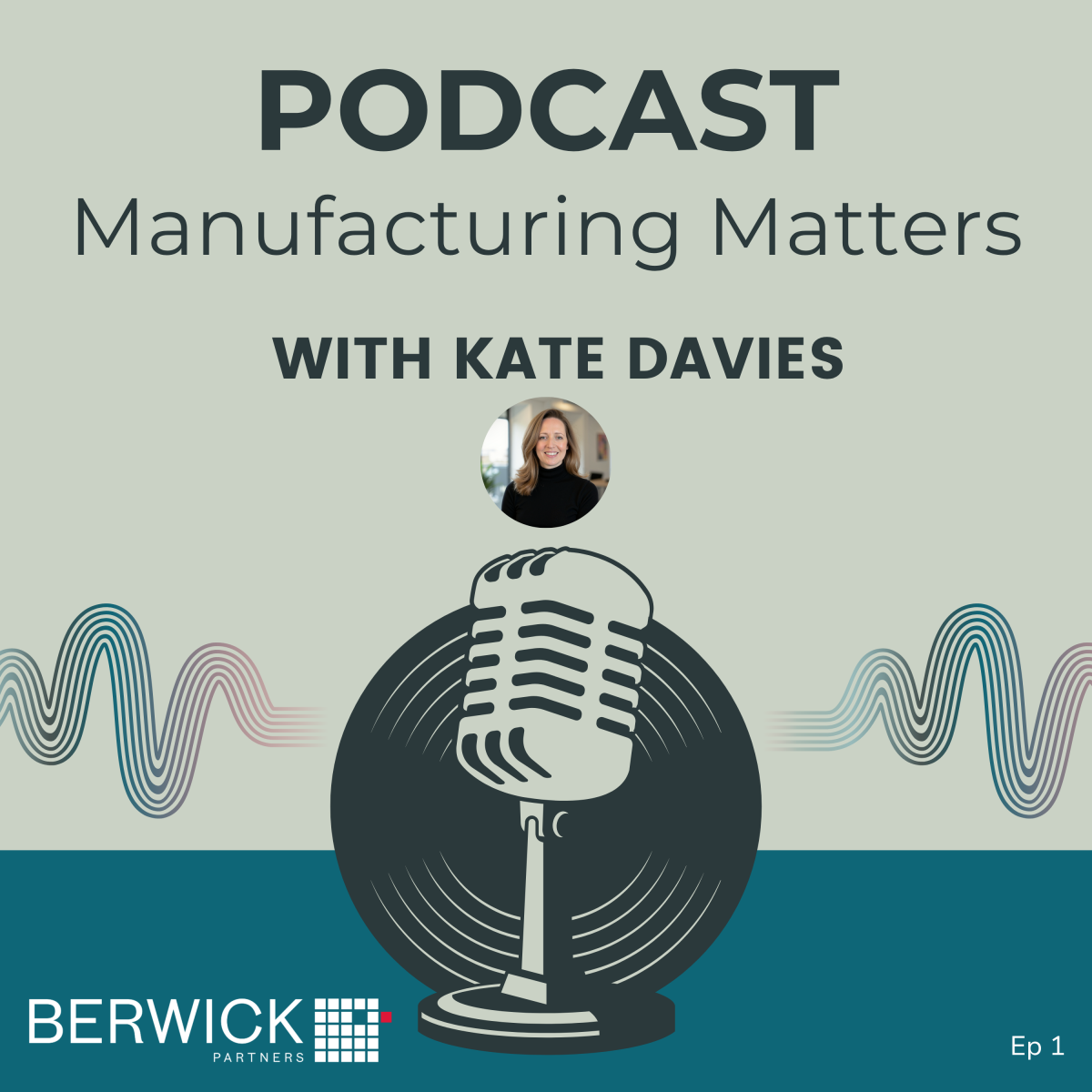Resilience and Optimism in UK Manufacturing: Insights from Make UK

The UK manufacturing sector has faced numerous challenges over the past year, including political uncertainty, volatile market demand, high interest rates, and inflationary pressures. Despite these obstacles, the sector has shown remarkable resilience and optimism.
This article summarises the key points from a recent webinar hosted by myself, Colin Roope, featuring insights from Chris Corkan, Regional Director of Make UK.
Make UK, formerly known as EEF, represents around 20,000 manufacturing companies across various sizes and sectors. The organisation has been operating for over 125 years, working closely with industry partners and government to support and advocate for the sector.
The State of UK Manufacturing
Chris Corkan began by highlighting the importance and strength of the UK manufacturing sector. “Manufacturing makes up around 10% of GDP,” Corkan noted, “and our ambition is to grow that to 15%.” He emphasised that the sector is larger than financial services and construction, contributing significantly to employment and punches well above its weight on exports, investment and research & development.
Economic Performance and Challenges
Chris provided an overview of the sector’s economic performance for far in 2024, drawing on data from Make UK’s quarterly economic surveys. He noted that confidence levels in manufacturing reached a ten-year high during the summer months, driven by hopes of lowering inflation and interest rates, as well as potential of political certainty post UK-election.
However, the sector continues to face volatility.
“The balance of trends in output from Q2 to Q3 fell into negative territory for the first time since the end of 2020,” Chris explained. This decline was attributed to stockpiling and bottlenecks in certain markets, such as the automotive and offroad highways industry. Despite this, order books have remained positive, driven by strong export demand, for lots of companies, particularly from the US, anecdotally.
Domestic vs. Export Demand
The webinar highlighted the contrasting trends in domestic and export demand. Domestic demand has struggled due to political uncertainty and labour market constraints, while export orders have remained robust. “Export orders have kept us in positive territory,” Chris said, noting the significant impact of the US’ Inflation Reduction Act and the growth of firms entering new export markets post-Brexit.
Margins and Prices
Chris discussed the challenges manufacturers face with margins and prices. High input costs, particularly for energy, have squeezed margins. “Margins have been in negative territory, in quarter-on-quarter trends, for most of the last few years,” he noted. While there was some recovery towards the end of last year, rising employment costs and other fixed costs have continued to pressure margins.
Employment and Investment
Employment in the manufacturing sector has been strong, driven by tight labour markets and the need for skilled workers. However, recent uncertainty around government plans for employment rights and rising employment costs have impacted intentions. “For the first time in a while, we’ve seen a negative move in employment intentions, however the need for those skilled people is very much in long term forecasts,” Corkan said.
Despite these challenges, investment in the sector has remained positive. Manufacturers have focused on automation and efficiencies to mitigate cost pressures. “Investment intentions have stayed stable and in positive territory, quarter by quarter” Chris noted.
Future Outlook and Opportunities
Looking ahead, Chris expressed cautious optimism. Confidence in the sector remains high, driven by hopes for a supportive industrial strategy and continued export demand. He highlighted several key opportunities for the sector, including the adoption of new technologies, net zero initiatives, and expanding into new international markets.
“62% of firms acknowledge that opportunities outweigh the risks this year,” Corkan said. He pointed to the rapid adoption of AI and other technologies, as well as the potential for reshoring and supply chain integration, as key areas of focus.
Government Policy and Support
Corkan also discussed the role of government policy in shaping the future of the sector. He noted the positive reception to the new government’s focus on growth and rebuilding relationships with key trading partners. Make UK has been actively involved in shaping policies, such as the Employment Rights Bill, to ensure they encompass the views of the sector.
Conclusion
The UK manufacturing sector has demonstrated remarkable resilience in the face of significant challenges. While there are ongoing pressures, particularly around costs and margins, the sector remains optimistic about the future. With continued support from government and a focus on innovation and efficiency, UK manufacturing is well-positioned to grow and thrive in the coming years.





